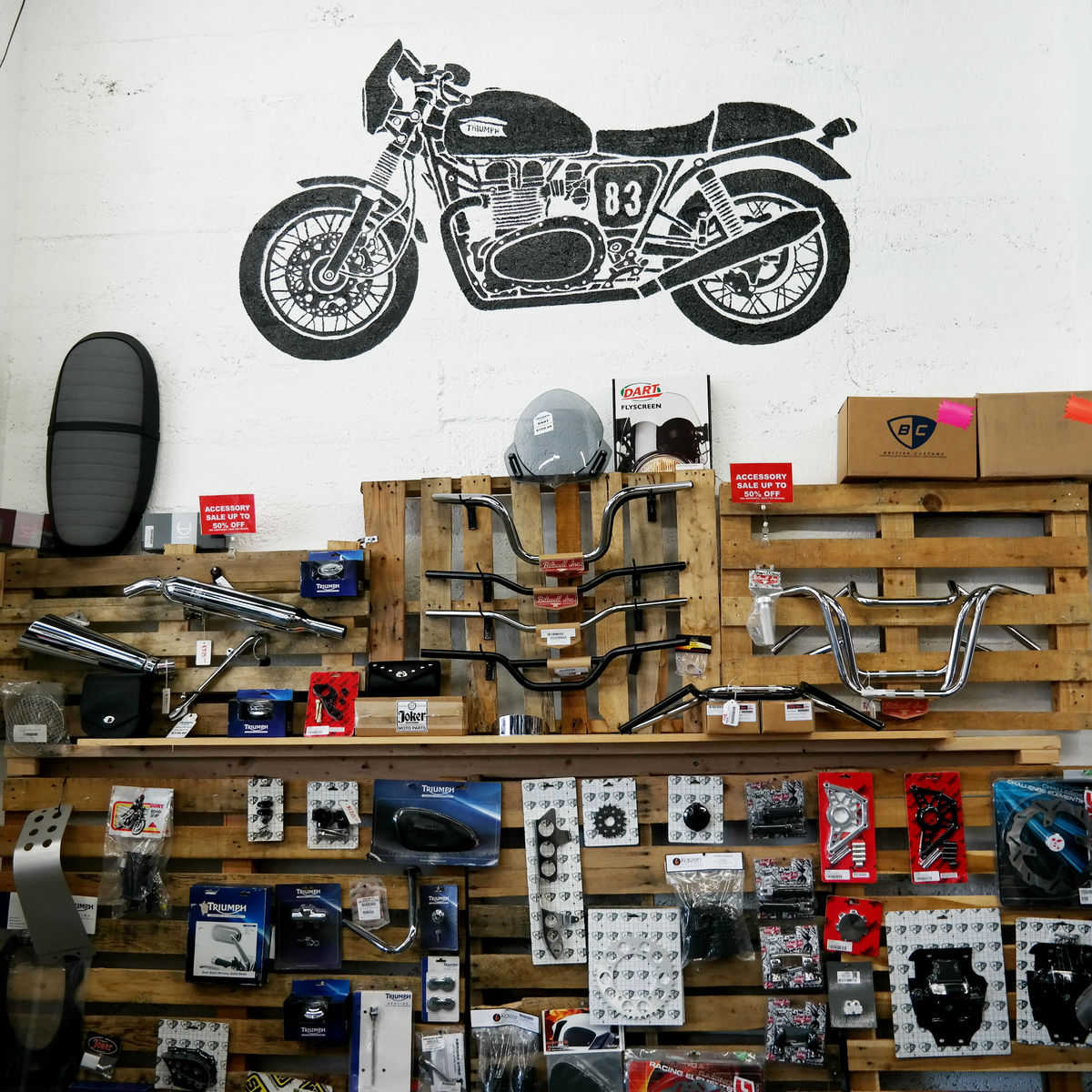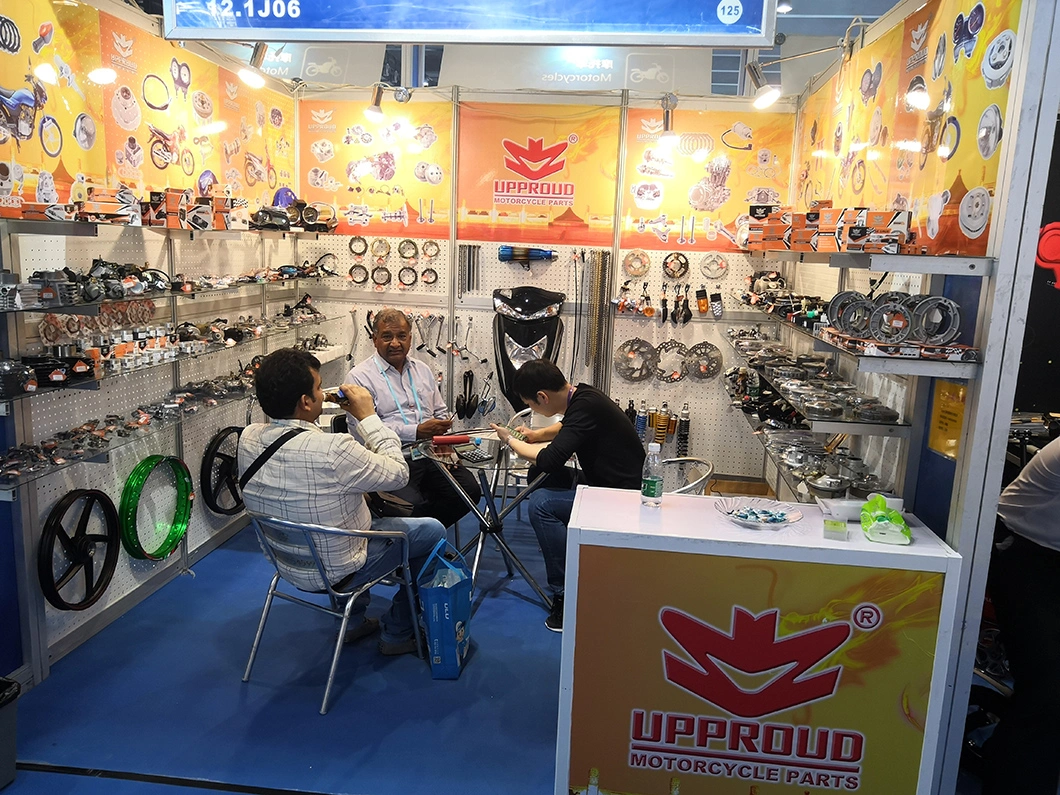Discover the current Motocross Gear NZ for Every Level of Rider
Discover the current Motocross Gear NZ for Every Level of Rider
Blog Article
Understanding the Necessary Parts of a Motorbike: A Comprehensive Guide for Enthusiasts
For bike lovers looking to elevate their riding experience and guarantee their bikes run efficiently, understanding the necessary parts of a bike is extremely important. Each component, from the engine's detailed operations to the critical duty of the stopping devices, not just impacts efficiency yet also safety and comfort.
Engine Parts

The camshaft plays a vital role in managing the timing of the engine's shutoffs, guaranteeing the specific opening and closing required for effective gas and air intake, in addition to exhaust expulsion. This timing is critical to keeping ideal engine performance and performance. In addition, the carburetor or fuel injection system, relying on the motorbike design, is accountable for mixing air with gas in the proper ratio for burning.
The cooling system, either air or liquid-based, works to maintain the engine's temperature within operational restrictions, avoiding getting too hot and making certain longevity - moto parts nz. Each component, thoroughly designed and incorporated, contributes to the smooth operation of the engine, defining the motorbike's power outcome and overall performance
Transmission System
Essential to the motorbike's functionality, the transmission system makes certain effective power transfer from the engine to the wheels. This system consists of a number of essential parts, consisting of the clutch, transmission, and last drive, each playing an essential duty in converting the engine's power right into motion. The clutch, normally run by a hand lever, serves to disengage the engine and engage from the transmission, permitting smooth equipment modifications and controlled velocity.
The transmission, commonly described as the transmission appropriate, has a set of gears that cyclists can by hand shift through to adjust the bike's speed and torque outcome. These equipments are set up in a sequence that enables the motorcycle to accelerate efficiently and preserve ideal engine performance throughout different speeds. Most bikes use a sequential transmission, needing the biker to shift equipments in a fixed order.
Braking Mechanisms
While understanding the transmission system is key to harnessing a motorcycle's power, just as essential is the capability to control and stop that power successfully, which is where braking mechanisms come into play. Brakes are important for security and efficiency, providing the cyclist with the needed control to navigate different surfaces and conditions. Generally, bikes feature 2 types of braking systems: disc brakes and drum brakes.
Disc brakes are more common in modern-day motorcycles because of their superior performance. They contain a brake disc, caliper, and pads. When triggered, the caliper squeezes the brake pads against the rotating disc, converting kinetic power right into heat, consequently slowing the wheel. This system offers better warmth dissipation, constant efficiency, and boosted stopping power, particularly in damp problems.
Conversely, drum brakes, though less typical, are still discovered in some motorbikes. They jls motorbike shop function by pushing brake footwear versus the internal surface area of a drum affixed to the wheel. While generally less effective in heat dissipation and stopping power, drum brakes are easier and much more cost-efficient.
Understanding these braking systems' nuances allows riders to maintain their motorcycles properly and value the design that makes certain safe and efficient quiting.
Suspension and Guiding
Suspension and guiding systems are crucial parts that substantially influence a motorcycle's handling and experience convenience. The shock absorber, including forks at the front and shock absorbers at the back, absorbs road irregularities, enhancing security and control. Front forks, upside down or commonly telescopic, compress and rebound to minimize effects, while rear shock absorbers maintain tire call with the road, essential for traction and safety and security.
Steering, centered around the handlebars, attaches the motorcyclist to the motorbike's directional control. The steering head bearings make certain smooth operation, allowing specific maneuverability. Proper placement and upkeep of these bearings are important for predictable guiding action and decreasing rider exhaustion.
The suspension's adjustability is one more critical facet; preload, damping, and rebound settings permit modification to match different riding problems and styles. This versatility is vital for optimizing efficiency, whether navigating metropolitan streets or dealing with sturdy tracks. Innovations like electronic shock absorber provide real-time changes, enhancing experience high quality throughout varied surfaces.

Electric Equipments
After making sure a regulated and smooth trip via efficient suspension and steering systems, focus turns to the electrical systems, a crucial aspect of contemporary bikes. These systems play an important duty not only in starting the engine yet also in powering various elements that improve the capability and safety of the motorbike.
At the heart of a bike's electric system is the battery, which shops electrical energy needed for beginning the engine and powering supporting systems - mx parts nz. The generator or generator, paired with the rectifier-regulator, ensures the battery remains charged while the motorcycle functions, converting mechanical power right into electric power and keeping voltage levels
The ignition system, an additional important part, is liable for igniting the air-fuel mix in the engine's cylinders. Modern motorcycles typically use an electronic ignition system, providing greater efficiency and reliability compared to traditional systems.
Lighting systems, including fronts lights, tail lights, and indicators, are also vital, guaranteeing presence and safety for the biker. Additional digital components such as sensors, click to read control systems, and displays contribute to sophisticated features like fuel shot administration, anti-lock braking systems linked here (ABS), and electronic control panels, even more enhancing the riding experience.
Verdict
A detailed comprehension of a bike's necessary components, consisting of the engine, transmission system, braking devices, suspension, steering, and electric systems, is important for enthusiasts intending to optimize safety, performance, and convenience. Proficiency of these elements enables for educated decisions pertaining to maintenance and upgrades, eventually boosting the riding experience. By integrating this understanding, cyclists can guarantee their motorcycles run at peak performance and reliability, thus making the most of both pleasure and long life of their lorries.
For motorcycle lovers looking to boost their riding experience and guarantee their bikes run smoothly, understanding the vital elements of a motorbike is vital.Essential to the motorbike's performance, the transmission system ensures effective power transfer from the engine to the wheels.While recognizing the transmission system is key to utilizing a motorbike's power, similarly crucial is the capacity to regulate and quit that power efficiently, which is where stopping devices come right into play. Commonly, bikes include 2 kinds of stopping systems: disc brakes and drum brakes.
A detailed understanding of a bike's necessary parts, consisting of the engine, transmission system, braking systems, suspension, steering, and electric systems, is crucial for fanatics intending to enhance comfort, safety and security, and efficiency.
Report this page